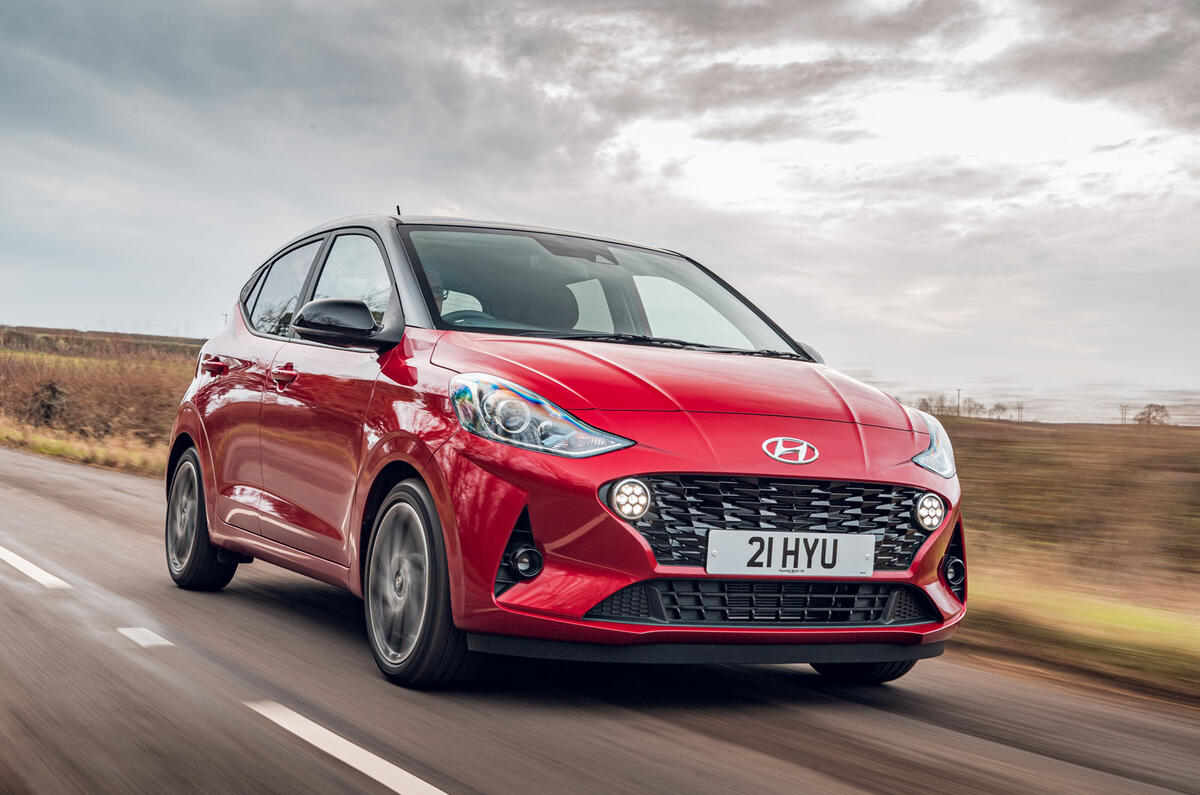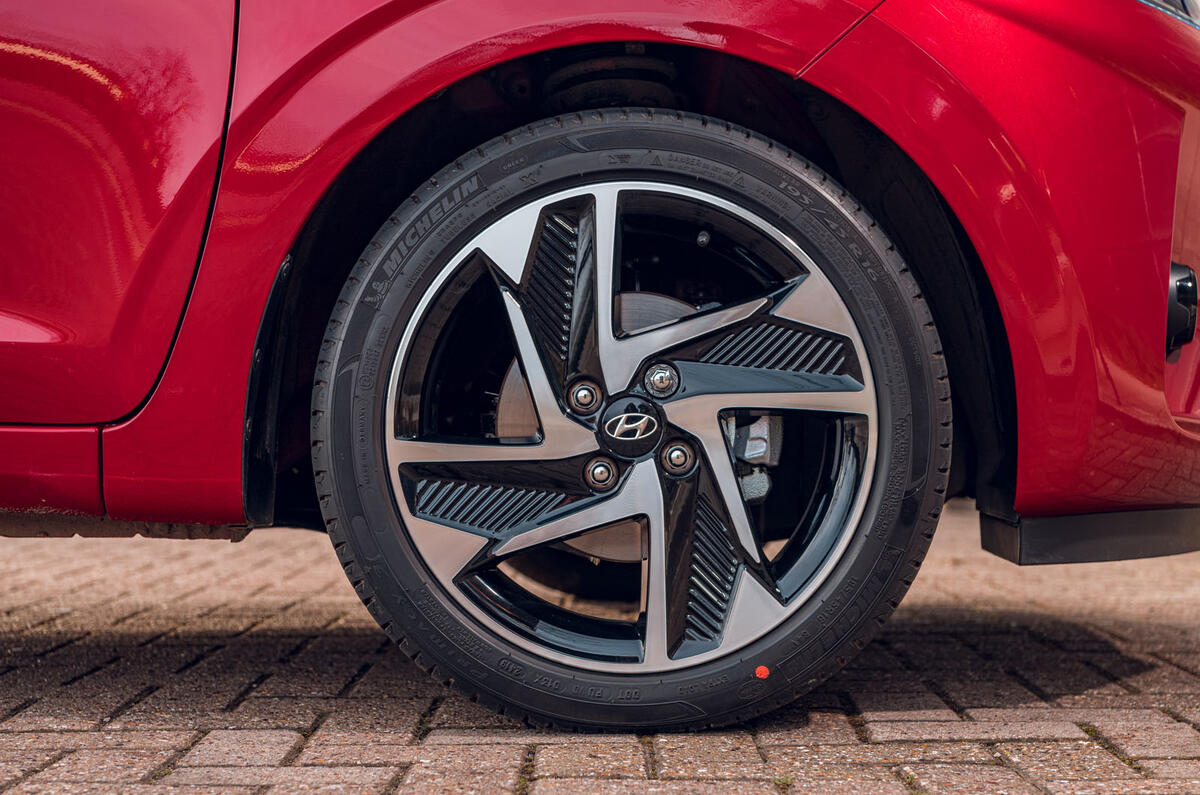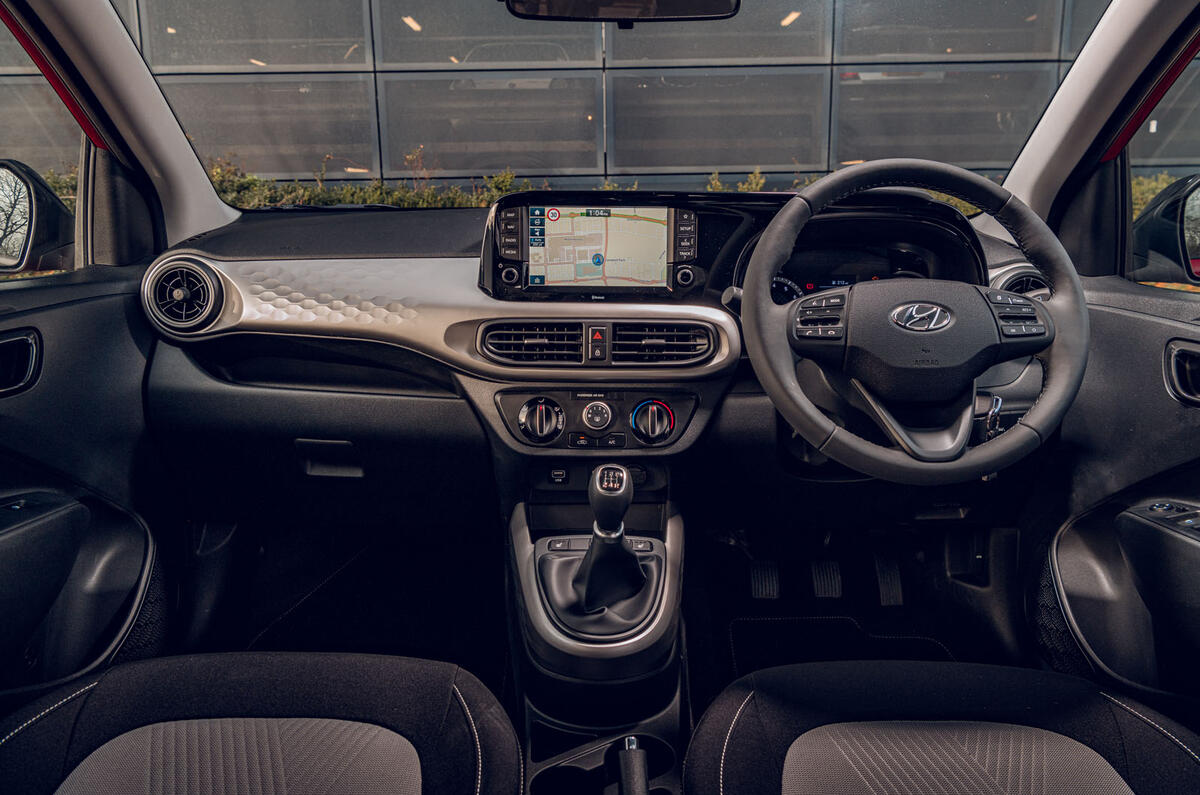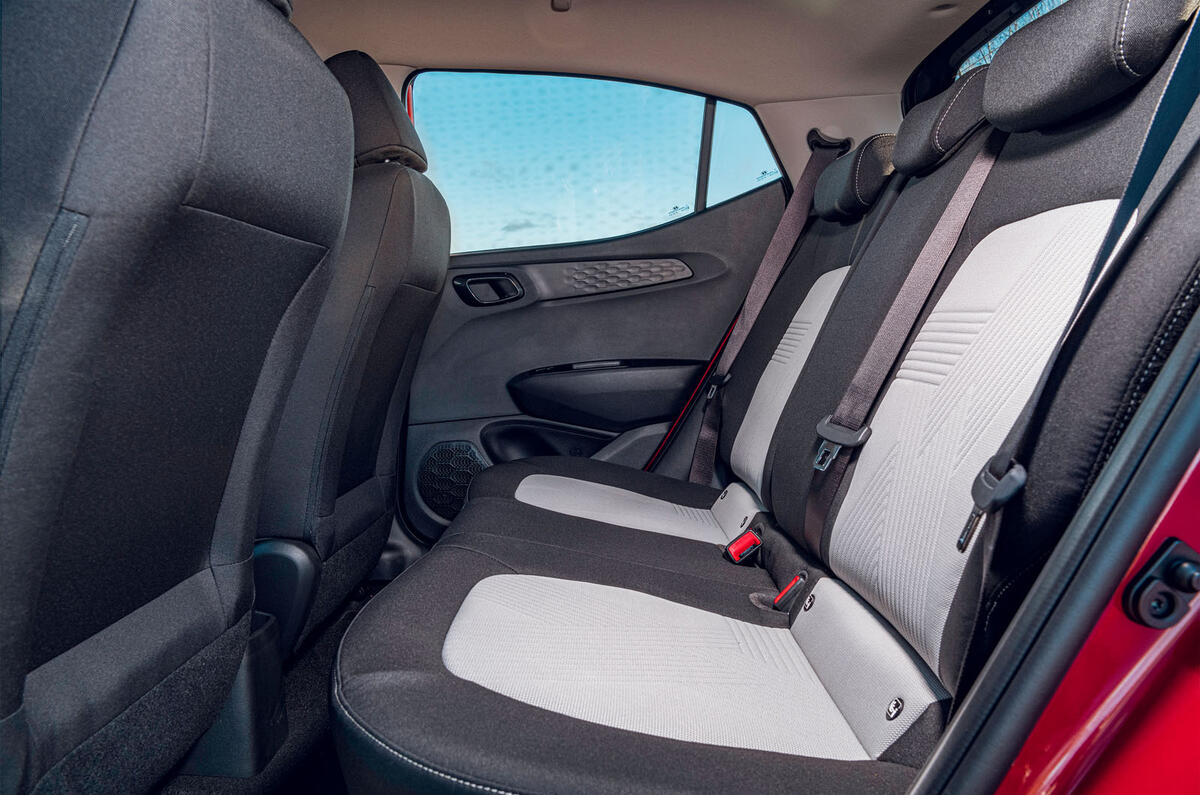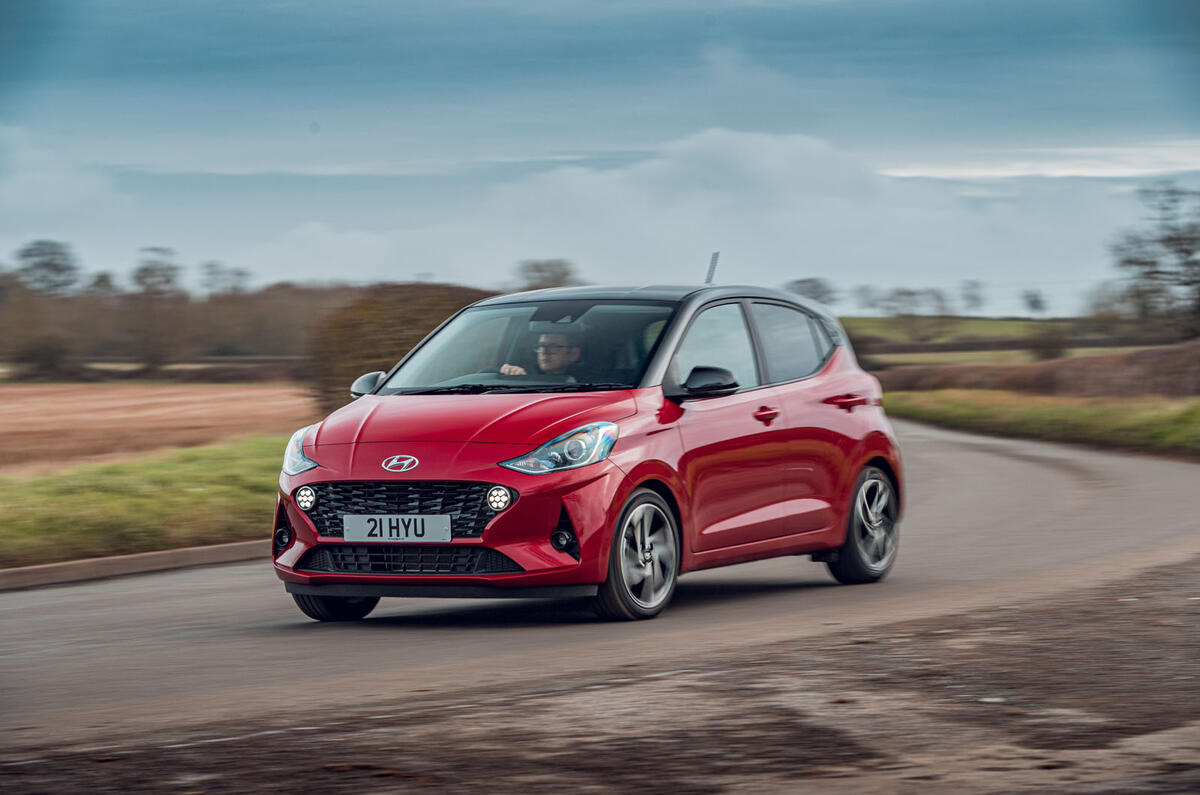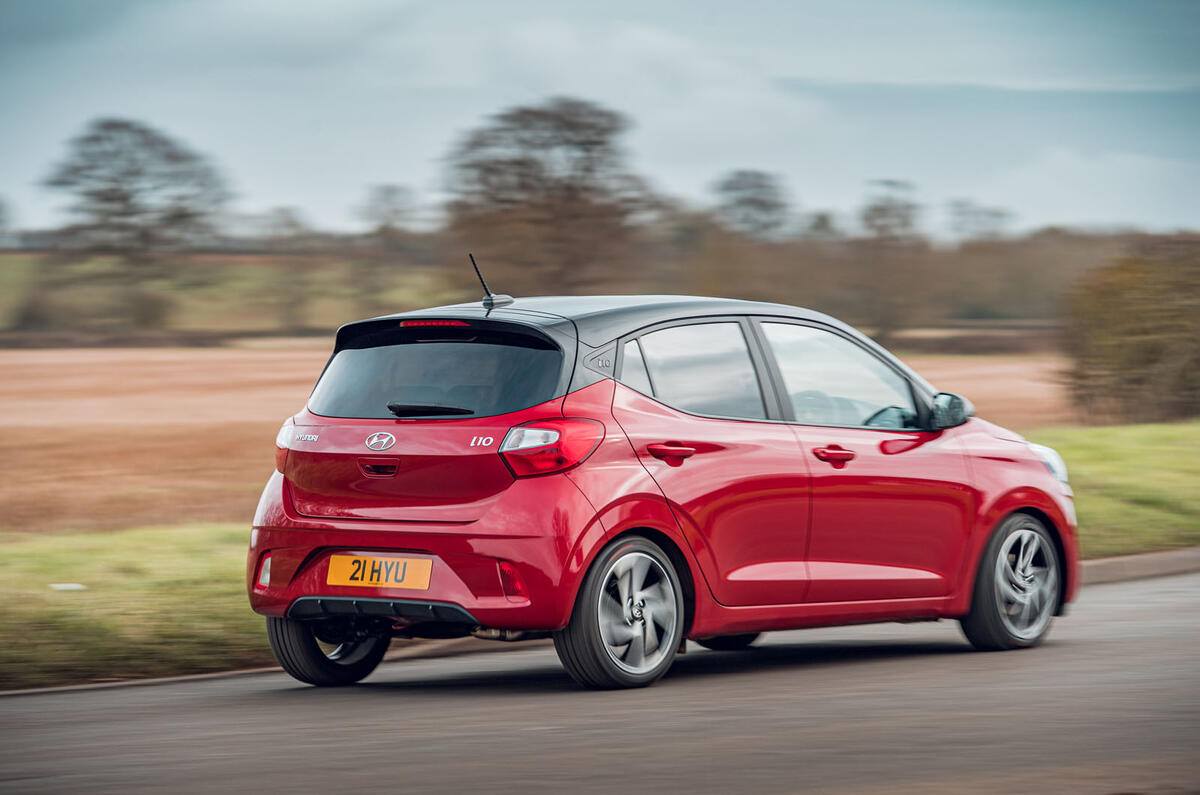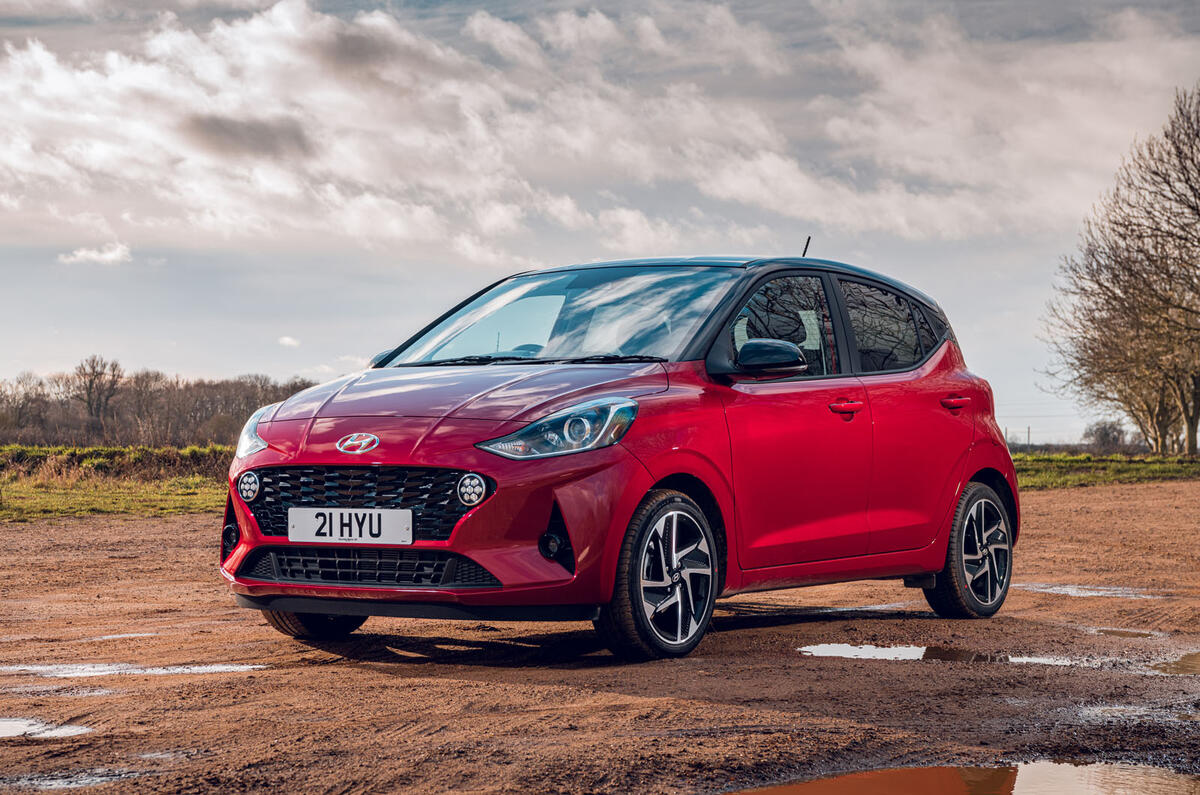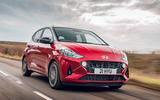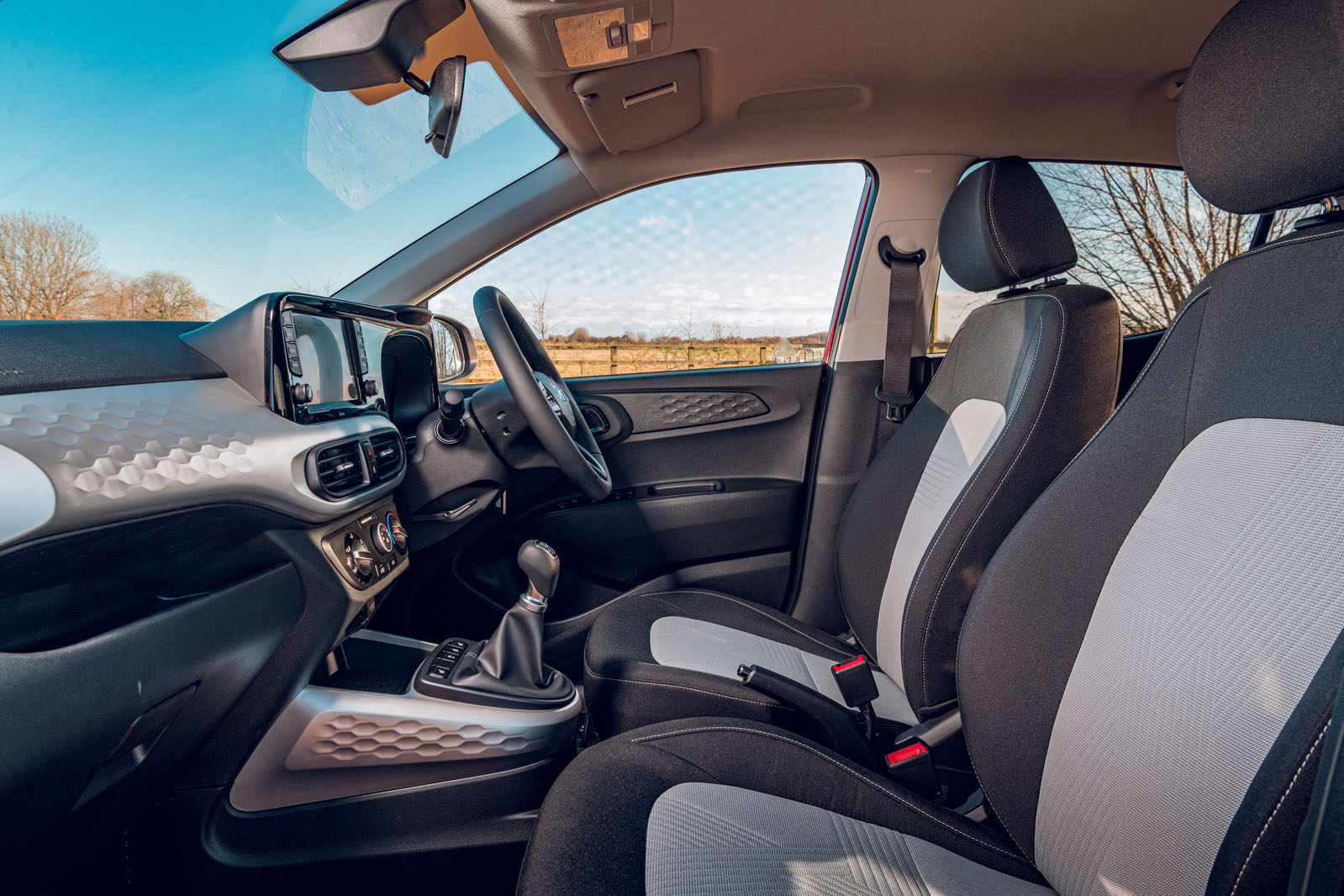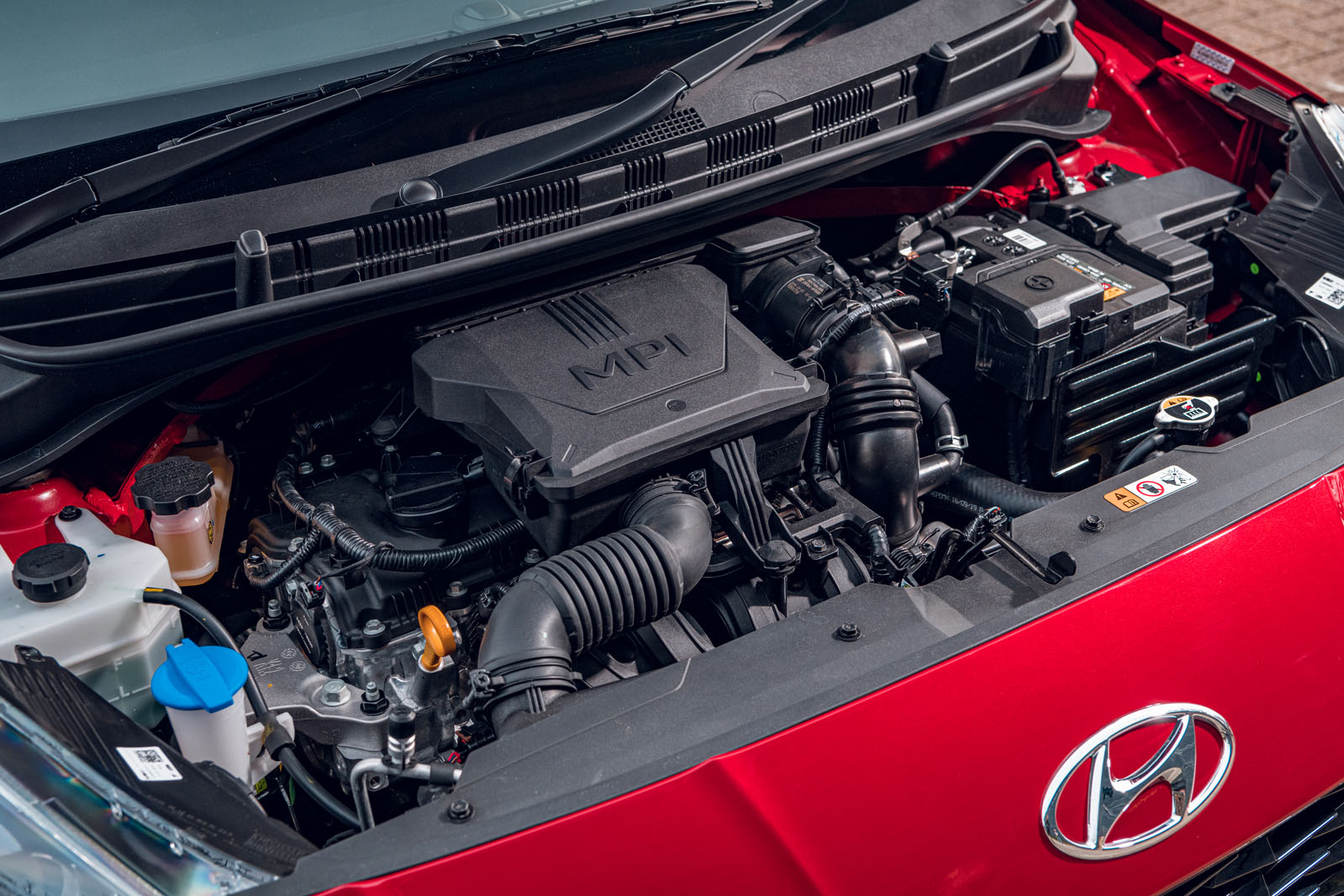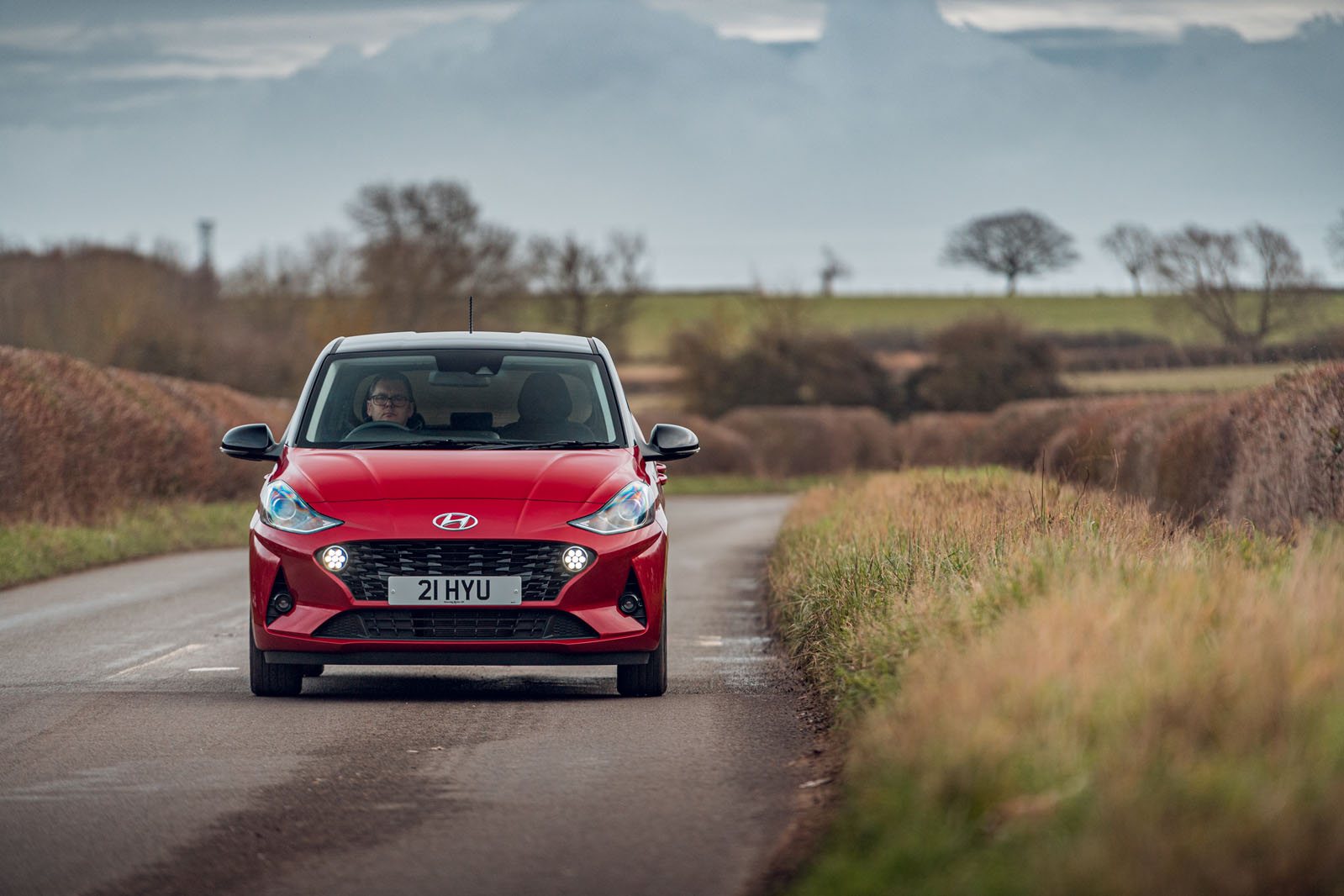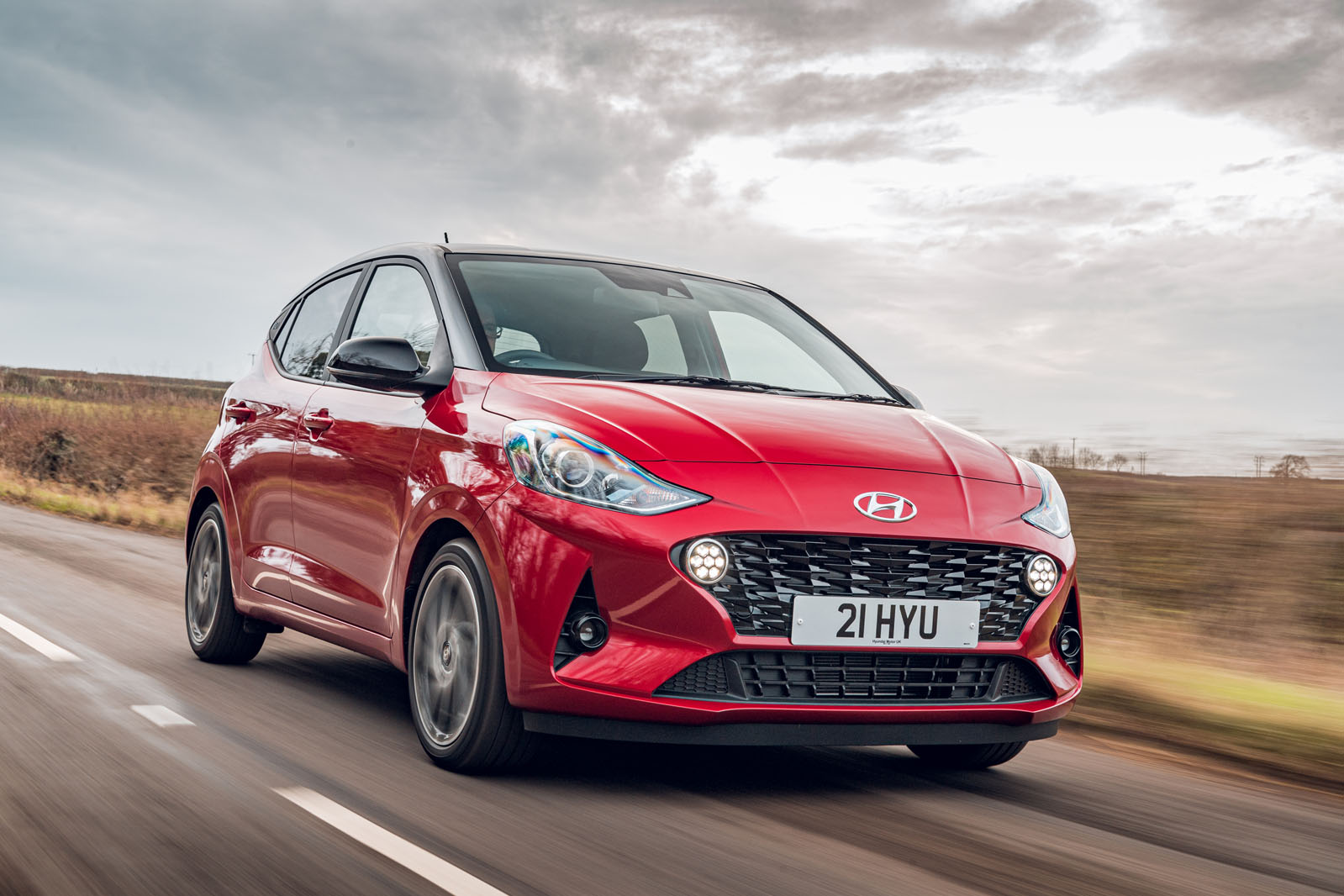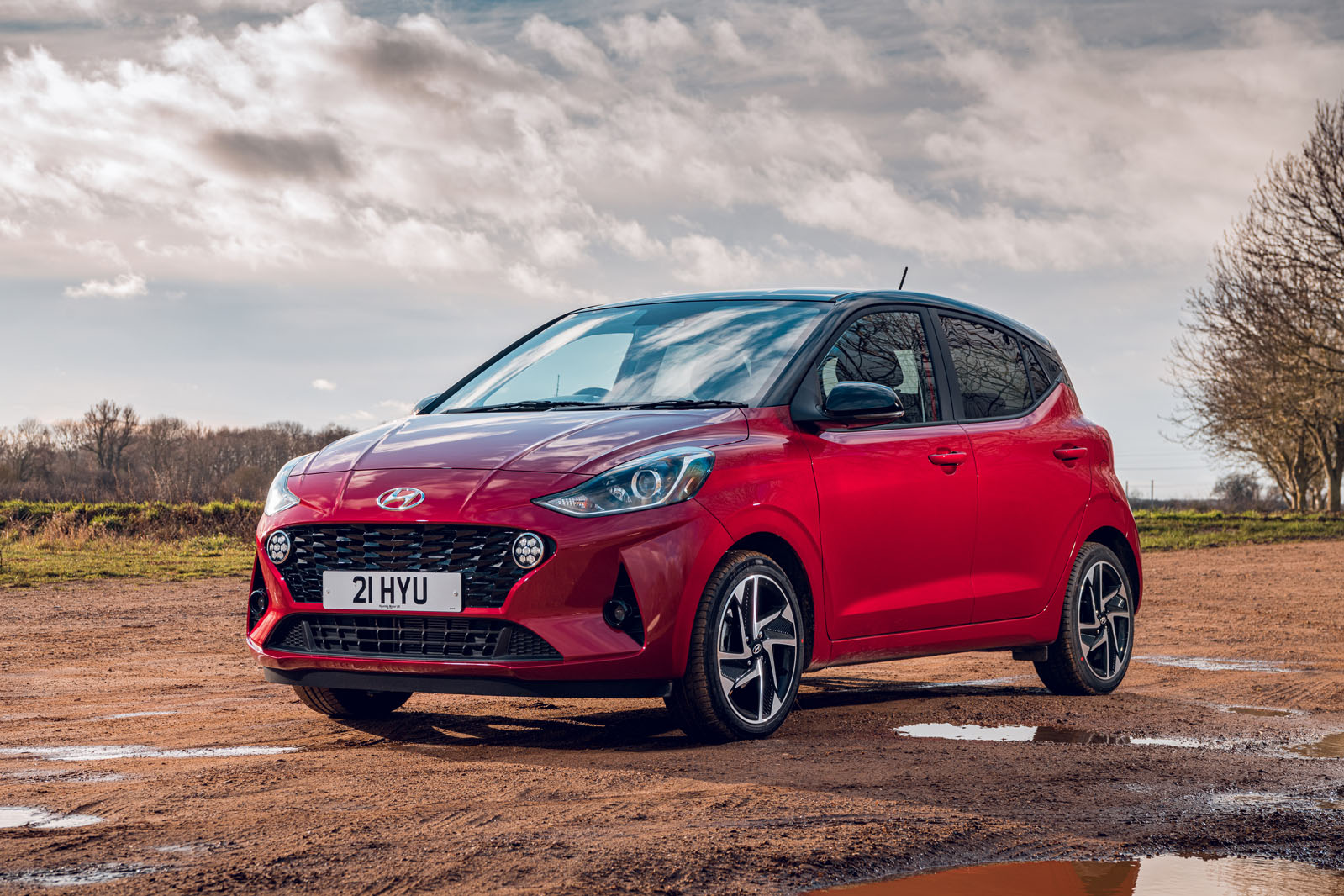It seems a slightly odd thing to write but, if you’ve been paying attention to recent goings-on in the wider motoring industry, you might well have concluded that the Hyundai i10, the subject of this week’s road test, shouldn’t really exist.
For some time now, we’ve been told that tiny, petrol-powered city cars such as the new, third-generation Hyundai i10 are becoming increasingly difficult for their makers to make money from. Sure, they’re still a fairly excellent source of affordable personal transport for urban dwellers, but the business case behind them isn’t quite as straightforward as it once was.
Profit margins on small cars have always been rather, well, small. These models might be diminutive in stature, but their platforms and powertrains and production lines still cost a fortune to develop and run. In any case, you don’t need a Bezos-esque level of business acumen to understand that if you then sell them cheaply, you’ll be looking at slim returns at best. With emissions regulations becoming ever more stringent, they’re not quite as attractive on paper as they once were, either. Here in the UK, budgetary changes in April 2017 caused many to lose the VED-exempt status their sub-100g/km emissions ratings had previously afforded them.
Add into all of this an exploding compact crossover market into which investment is undoubtedly more profitably injected and you might understand why some manufacturers are binning city cars from their line-ups entirely. Some, like the Volkswagen Group, have instead electrified their A-segment offerings – but then that doesn’t do much to solve the original question of cost.


